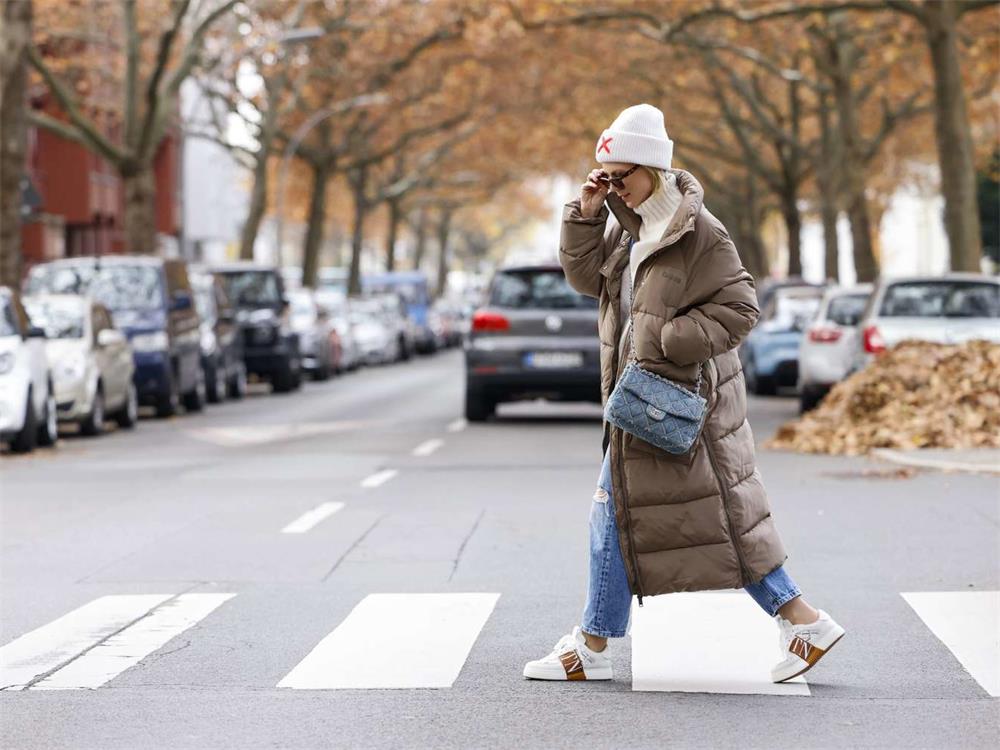Fashion is a dynamic and expressive form of art that reflects the culture, identity and mood of the people who wear it. Fashion is also a powerful industry that generates billions of dollars in revenue and employs millions of workers around the world. However, fashion is not immune to the challenges and opportunities posed by the rapid changes in technology, society and the environment. In this article, we will explore some of the emerging trends and technologies that are shaping the future of fashion and how they can impact the consumers, designers and producers of clothing.
Sustainable Fashion
One of the most pressing issues facing the fashion industry today is its environmental impact. According to a report by the United Nations, the fashion industry is responsible for 10% of global carbon emissions, 20% of global wastewater and 85% of textile waste. The industry also consumes large amounts of water, energy and natural resources, such as cotton, wool and leather. Moreover, the fast fashion model, which relies on producing cheap and disposable clothing at a high frequency, has contributed to overconsumption, waste and pollution.
To address these challenges, many fashion brands and designers are adopting more sustainable practices and materials in their production and design processes. For example, some brands are using recycled or organic fabrics, such as cotton, hemp or bamboo, to reduce their environmental footprint. Others are using biodegradable or compostable materials, such as mushroom leather or pineapple fiber, to create innovative and eco-friendly alternatives to animal or synthetic fabrics. Some brands are also implementing circular fashion models, which aim to extend the lifespan of clothing by repairing, reusing or recycling them.
Sustainable fashion is not only beneficial for the environment but also for the consumers and the industry. Consumers can enjoy more durable, comfortable and ethical clothing that aligns with their values and preferences. The industry can also save costs, reduce risks and enhance its reputation by adopting more responsible and efficient practices.
Smart Fashion
Another trend that is transforming the fashion industry is the integration of technology into clothing. Smart fashion refers to clothing that can interact with digital devices, sensors or networks to provide various functions or features to the wearer. For example, some smart clothing can monitor the wearer’s health, fitness or mood by measuring their vital signs, activity levels or emotions. Some smart clothing can also adjust their temperature, color or shape according to the wearer’s preferences or environment. Some smart clothing can even communicate with other smart devices or platforms to provide information, entertainment or services to the wearer.
Smart fashion is not only convenient but also fun and creative. Consumers can enjoy more personalized, versatile and interactive clothing that can enhance their well-being, expression and experience. The industry can also create more value-added products and services that can attract new customers and generate new revenue streams.
Customized Fashion
Another trend that is influencing the fashion industry is the demand for more customized and personalized clothing. Customized fashion refers to clothing that can be tailored or modified according to the wearer’s specifications or preferences. For example, some customized clothing can be made-to-measure or made-to-order based on the wearer’s body measurements or style choices. Some customized clothing can also be co-created or co-designed by the wearer and the designer through online platforms or tools. Some customized clothing can even be printed or produced on-demand by using 3D printing or digital knitting technologies.
Customized fashion is not only satisfying but also empowering. Consumers can enjoy more fitting, flattering and unique clothing that reflects their personality, identity and taste. The industry can also offer more diverse, flexible and innovative products and services that can cater to different customer segments and needs.
Conclusion
The future of fashion is exciting and promising. The emerging trends and technologies that are shaping the fashion industry are creating new possibilities and opportunities for both consumers and producers of clothing. However, these trends and technologies also pose new challenges and risks that need to be addressed carefully and responsibly. The fashion industry needs to balance its economic, social and environmental goals and responsibilities while embracing innovation and creativity. Consumers need to be aware of their choices and impacts while enjoying their freedom and expression. The future of fashion depends on how we collaborate and co-create a more sustainable, smart and customized world of clothing.










